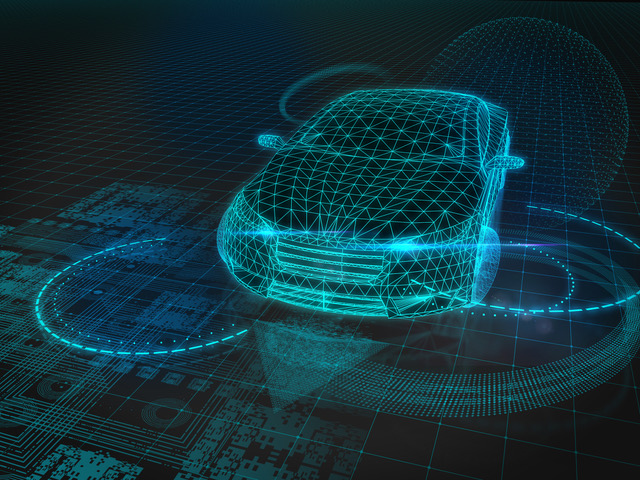When litigating a claim against a manufacturer or repair facility for a faulty repair, the focus should be on two things: training and tools. Everything else flows from there.
Advanced Driver Assistance Systems (ADAS) — lane departure warnings, automatic emergency braking, adaptive cruise control, blind spot monitoring — are no longer optional add-ons. They are safety-critical features, but only if they are properly maintained and repaired. If they are not, these systems can malfunction at highway speeds, creating extremely dangerous conditions. And when that malfunction is the result of bad repair work, the liability can be traced directly to the people, the training, the tools, and the workspace involved.
The Core Questions in ADAS Maintenance Cases
Who actually worked on the vehicle?
The first question lawyers must answer in discovery is straightforward: whose hands were on the car? Shops and dealerships will often try to generalize — “our service team,” “our calibration unit.” That’s not good enough. We need names, job titles, and employment history. Liability starts with identifying the individual technician.
What training did they have?
ADAS calibration is not guesswork. The lawyer’s job is to find out whether the technician had OEM-specific training, current I-CAR or ASE certifications, or no real training at all. Note that as the technology evolves, so does (or should) the training. Discovery begins with identifying the gold standards for training. What training courses apply to each tool and vehicle? This discovery can also require consulting an industry expert to define the ADAS training standard of care. An untrained or outdatedly trained technician will not know the precise requirements for calibration, which means the system was compromised from the start.
Who trained them?
Certificates don’t prove competence unless the source is legitimate. A technician who spends 50 hours learning from an unqualified trainer is no better off, and arguably worse off. Technicians who are not properly qualified can lead an entire shop down a road filled with dangerous shortcuts. Was the training provided by the OEM, or a third party? One is not always better than the other, but this is information you must know. How did the trainer become qualified? In ADAS cases, outdated or improper training is as dangerous as no training.
What tools were used?
Calibration requires OEM-approved diagnostic software, cameras, and targets, in a controlled environment. If the shop substituted cheaper tools, improvised measurements, or mobile setups, then the calibration was never valid. That’s not a gray area — that’s negligence.
Where’s the documentation?
Start with the standard: what documentation should be available? Does the dealership or body shop have a defined process for documenting ADAS repairs? If so, who authored it? And is it sufficient? Second, was repair protocol properly documented according to the body shops standards? What tools were supposed to be used? Is the use of particular tools supposed to be noted in the repair documents? Request pre- and post-repair scans, calibration logs, photographs, and invoices for OEM-approved tools. If the facility cannot produce documentation, that absence itself is evidence that the calibration was not performed properly.
What does the workspace look like?
It is not always sufficient to accept paperwork at face value. Lawyers can, and oftentimes should, request the right to inspect the workspace where calibration occurred. An OEM-compliant bay should be level, obstruction-free, and equipped with the proper targets. Too often, calibrations are being attempted in cluttered, uncontrolled environments — conditions under which a valid calibration is impossible. Once that is exposed, negligence is undeniable.
Why ADAS Maintenance Matters
ADAS systems are designed to prevent accidents, not cause them. But when the systems are neglected, miscalibrated, or improperly serviced, they transform from safety features into safety hazards. A poorly trained technician or an unapproved tool can erase the very protections these systems are meant to provide. That is why ADAS maintenance — and the way it is performed — matters just as much as the technology itself.
At The Cooper Firm, our discovery is built to answer these questions — who did the work, what training they had, what tools they used, and whether the environment met industry standards — because that is where negligent maintenance is exposed and liability becomes undeniable.
